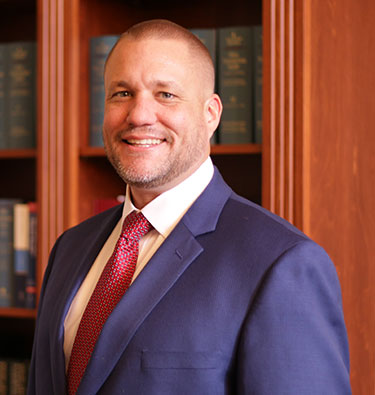
When you’re involved in an injury accident in Ohio, you can pursue compensation from the at-fault party. However, it’s important to understand the personal injury laws that apply in these cases, including Ohio damage caps. Your losses in an auto accident are typically called damages. The law limits how much you can receive for certain types of losses, such as pain and suffering.
In this post, we’ll look at the specifics of these caps and how they might impact the outcome of your case. If you have questions about Ohio’s caps on damages, please get in touch with Bensinger Legal Services. Attorney Aaron Bensinger can help answer any questions about the compensation you might be entitled to.
Reach out to us at (419) 455-1410 today to arrange your consultation.
Understanding Damage Caps in Ohio
Damage caps in Ohio are statutory limits that dictate the maximum amount of compensation that can be awarded in personal injury lawsuits. The Ohio legislature established the current caps as part of tort reform measures in 2005. The purpose of these caps is to balance the interests of injury victims and defendants. The idea is to prevent excessively high awards that could strain the legal and business environments.
Caps in personal injury damages apply only to noneconomic and punitive damages. Economic damages, which are direct losses suffered because of the accident such as medical expenses and lost wages, do not have a cap.
Types of Damages in Personal Injury Cases
Courts can award three types of damages: economic, noneconomic, and punitive. Compensatory damages, consisting of economic and noneconomic damage, make up the bulk of personal injury awards.
Economic Damages
Economic damages include your tangible and quantifiable financial losses. The most common examples include medical bills, lost wages, and property damage. You have the right to ask for future economic damages, too. If your doctor says you still need another surgery or several months of physical therapy, you can include those expected costs in your settlement demand. In Ohio, economic damages are not subject to caps.
Noneconomic Damages
Noneconomic damages refer to compensation for losses that are not easily quantifiable, such as physical pain and suffering. Noneconomic damages are subjective. Pain and suffering, mental anguish, and loss of life’s enjoyment do not have easily quantifiable financial proof. Noneconomic damages are subject to caps in Ohio, with the law placing limits to balance the victim’s needs against the potential impact of unlimited awards.
Under Ohio law, the current cap is the greater of $250,000 or three times the economic damages, with a maximum limit of $350,000 per plaintiff and $500,000 per accident. While this cap applies to most personal injury claims, there is an exception. If you sustained a catastrophic injury, such as a significant physical deformity (like an amputated limb) or a permanent injury preventing you from self-care, the cap will not apply.
Punitive Damages
Punitive damages are meant to punish the defendant and deter similar conduct in the future. Courts only award punitive damages in extreme cases where the defendant’s behavior was malicious, intentional, or especially egregious. Though rare, when courts do make these awards, they are subject to Ohio damage caps.
Punitive damages are limited to twice the amount of compensatory damages. However, for defendants who are individuals or small employers, punitive damages are further limited to 10% of the defendant’s net worth, up to a maximum of $350,000. This cap aims to prevent punitive damages from being disproportionately high compared to the defendant’s financial capability.
Ohio Wrongful Death Damages Cap
If someone passes away from their injuries, certain surviving family members have the right to bring a wrongful death claim. Losses in a wrongful death claim are not subject to the same caps.
Impact of Damage Caps on Injury Claims
For many, the limits on noneconomic damages might mean that the full extent of their suffering and quality-of-life changes aren’t fully compensated. However, the caps are designed to balance fair compensation for victims and prevent unreasonably high payouts that could create a financially unsustainable system. Fortunately, victims who suffer the most catastrophic of injuries are not subject to the caps.
However, Ohio damage caps are not the only things that can hinder a person’s recovery. Available policy limits might be lower than your total damages. Additionally, any contributory fault on your part in an accident can also impact your overall compensation.
Contact Bensinger Legal Services
If you need assistance understanding Ohio damage caps, attorney Aaron Bensinger stands ready to help. With years of experience representing injured victims in Ohio, Bensinger Legal Services can answer all your questions about compensation in a personal injury case. Please contact us today at (419) 455-1410 to schedule a consultation. Let us review your case and evaluate what your potential settlement might be.


